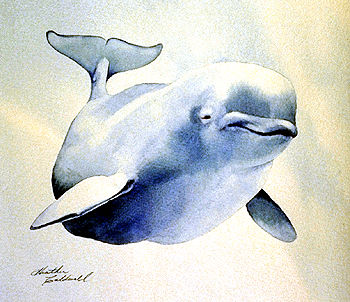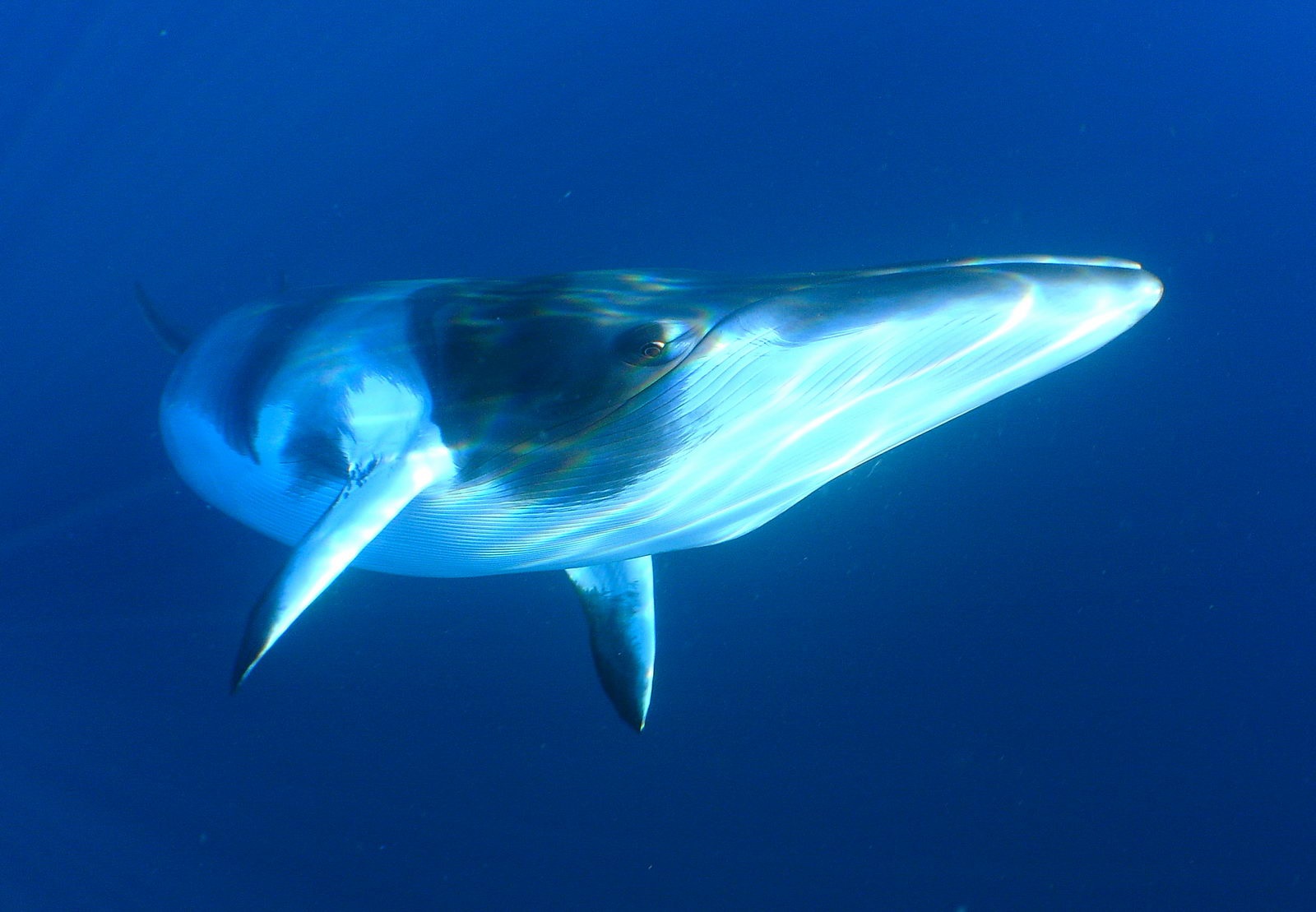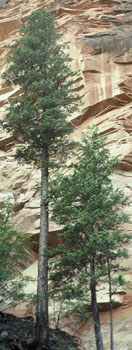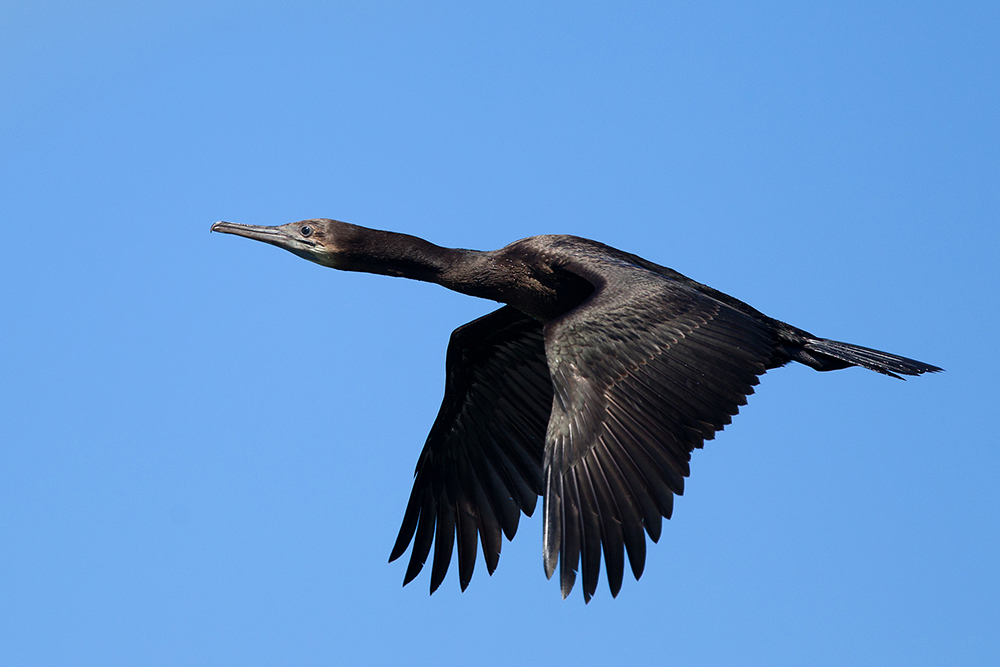Browse "Nature & Geography"
-
Article
Columbia Icefield
The Columbia Icefield is a mass of ice covering a high plateau between Mount Columbia (3747 m), the highest point in Alberta, and Mount Athabasca (3491 m), located between Banff and Jasper national parks, along the BC-Alberta border.
"https://d2ttikhf7xbzbs.cloudfront.net/media/media/4f68d2f4-7717-496d-a427-bbafb71196fd.jpg" // resources/views/front/categories/view.blade.php
https://d2ttikhf7xbzbs.cloudfront.net/media/media/4f68d2f4-7717-496d-a427-bbafb71196fd.jpg
-
Article
Columbine
Columbine, herbaceous plant (genus Aquilegia) of buttercup family (Ranunculaceae). The generic name derives from Latin aquila, "eagle," common name from Latin columba, "dove."
"https://d2ttikhf7xbzbs.cloudfront.net/media/media/d4ad8955-6625-442a-8665-4fa9e5d4905c.jpg" // resources/views/front/categories/view.blade.php
https://d2ttikhf7xbzbs.cloudfront.net/media/media/d4ad8955-6625-442a-8665-4fa9e5d4905c.jpg
-
Article
Columbium
Columbium (Cb), or niobium, is a grey, ductile, tarnish-resistant and superconductive metal with a melting point of 2468°C. The name niobium (Nb) was officially adopted in 1951 by the International Union of Pure and Applied Chemistry, after 100 years of controversy.
"https://development.thecanadianencyclopedia.ca/images/tce_placeholder.jpg?v=e9dca980c9bdb3aa11e832e7ea94f5d9" // resources/views/front/categories/view.blade.php
https://development.thecanadianencyclopedia.ca/images/tce_placeholder.jpg?v=e9dca980c9bdb3aa11e832e7ea94f5d9
-
Article
Comet
Comet, astronomical body orbiting the SUN, which appears for a few weeks as a faint, luminous patch moving slowly, from night to night, relative to the background of stars. The comet may also have a luminous tail pointing away from the sun.
"https://development.thecanadianencyclopedia.ca/images/tce_placeholder.jpg?v=e9dca980c9bdb3aa11e832e7ea94f5d9" // resources/views/front/categories/view.blade.php
https://development.thecanadianencyclopedia.ca/images/tce_placeholder.jpg?v=e9dca980c9bdb3aa11e832e7ea94f5d9
-
Article
Commission of Conservation
Commission of Conservation, established 1909 to provide Canadian governments with the most up-to-date scientific advice on the CONSERVATION of human and natural resources.
"https://d2ttikhf7xbzbs.cloudfront.net/media/media/53d34b2e-01bc-41b9-9770-72b430fceec7.jpg" // resources/views/front/categories/view.blade.php
https://d2ttikhf7xbzbs.cloudfront.net/media/media/53d34b2e-01bc-41b9-9770-72b430fceec7.jpg
-
Article
Committee on the Status of Endangered Wildlife in Canada
Several steps are involved when COSEWIC evaluates the status of species. The committee begins by commissioning status reports on species suspected of being in danger.
"https://d2ttikhf7xbzbs.cloudfront.net/media/media/f306f0d1-797a-46a0-af65-29ac4b423e54.jpg" // resources/views/front/categories/view.blade.php
https://d2ttikhf7xbzbs.cloudfront.net/media/media/f306f0d1-797a-46a0-af65-29ac4b423e54.jpg
-
Article
Commodities in Canada
In commerce, commodities are interchangeable goods or services. Many natural resources in Canada are viewed as commodities. They are a major source of the country’s wealth. Examples of commodities include a barrel of crude oil, an ounce of gold, or a contract to clear snow during the winter. Commodity products often supply the production of other goods or services. Many are widely traded in futures exchanges (see Commodity Trading).
"https://d2ttikhf7xbzbs.cloudfront.net/media/new_article_images/EconomicsSummaries/dreamstimeextralarge_35143531.jpg" // resources/views/front/categories/view.blade.php
https://d2ttikhf7xbzbs.cloudfront.net/media/new_article_images/EconomicsSummaries/dreamstimeextralarge_35143531.jpg
-
Article
Common Five-Lined Skink
The common five-lined skink (Plestiodon fasciatus) is a relatively small lizard native to Eastern North America. With a distribution spanning more than 2.5 million square kilometres, it is the most widely distributed lizard species in Eastern North America. Due to a combination of threats and historical declines, it is listed as a species at risk under the Canadian Species at Risk Act.
"https://d2ttikhf7xbzbs.cloudfront.net/commonfive-linedskink/Crowley-Five-lined-Skink-Plestiodon-fasciatus-juvenile.jpg" // resources/views/front/categories/view.blade.php
https://d2ttikhf7xbzbs.cloudfront.net/commonfive-linedskink/Crowley-Five-lined-Skink-Plestiodon-fasciatus-juvenile.jpg
-
Article
Common Minke Whale
The common minke whale (Balaenoptera acutorostrata) is the smallest of the baleen whales but is one of the most abundant baleen whales in the world. The scientific name acutorostrata means “sharp snout,” highlighting the whale’s pointed, bulletlike rostrum. In Canadian waters, there are two distinct common minke whale subspecies: a North Pacific subspecies (Balaenoptera acutorostrata scammoni) and a North Atlantic subspecies (Balaenoptera acutorostrata acutorostrata).
"https://d2ttikhf7xbzbs.cloudfront.net/commonminkewhale/Minke-Whale-2.jpg" // resources/views/front/categories/view.blade.php
https://d2ttikhf7xbzbs.cloudfront.net/commonminkewhale/Minke-Whale-2.jpg
-
Article
Common Watersnake
The common watersnake (Nerodia sipedon) is a medium-sized, non-venomous snake native to North America. Within Canada, it is found in the southern portions of Ontario and Quebec. In the US, its range extends south to Florida and west to Colorado. Of the four officially recognized subspecies, two are found in Canada: the Northern watersnake (Nerodia sipedon sipedon) and the Lake Erie watersnake (Nerodia sipedon insularum). (See also Snake Species in Canada.)
"https://d2ttikhf7xbzbs.cloudfront.net/CommonWatersnake/Watersnake.jpg" // resources/views/front/categories/view.blade.php
https://d2ttikhf7xbzbs.cloudfront.net/CommonWatersnake/Watersnake.jpg
-
Article
Coniferous Trees
Sometimes called evergreens, most coniferous trees keep their foliage year-round. There are over 600 living species of conifers, and while there is some debate over how many are native to Canada, the number is approximately 30.
"https://d2ttikhf7xbzbs.cloudfront.net/media/media/78db2232-d8ff-4fa9-8fb0-08a4a51a56ca.jpg" // resources/views/front/categories/view.blade.php
https://d2ttikhf7xbzbs.cloudfront.net/media/media/78db2232-d8ff-4fa9-8fb0-08a4a51a56ca.jpg
-
Article
Coot
The coot is an aquatic bird of the rail family. Eleven species occur worldwide; only the American coot (Fulica americana) is found in North America.
"https://development.thecanadianencyclopedia.ca/images/tce_placeholder.jpg?v=e9dca980c9bdb3aa11e832e7ea94f5d9" // resources/views/front/categories/view.blade.php
https://development.thecanadianencyclopedia.ca/images/tce_placeholder.jpg?v=e9dca980c9bdb3aa11e832e7ea94f5d9
-
Article
Copper
Copper (Cu) is a malleable, ductile, reddish metal that melts at 1083°C. Copper has both a high electric and thermal conductivity. Only silver is a better thermal and electrical conductor.
"https://development.thecanadianencyclopedia.ca/images/tce_placeholder.jpg?v=e9dca980c9bdb3aa11e832e7ea94f5d9" // resources/views/front/categories/view.blade.php
https://development.thecanadianencyclopedia.ca/images/tce_placeholder.jpg?v=e9dca980c9bdb3aa11e832e7ea94f5d9
-
Article
Coral
Coral, common name for various small, sessile, usually colonial, marine invertebrates of phylum Cnidaria.
"https://development.thecanadianencyclopedia.ca/images/tce_placeholder.jpg?v=e9dca980c9bdb3aa11e832e7ea94f5d9" // resources/views/front/categories/view.blade.php
https://development.thecanadianencyclopedia.ca/images/tce_placeholder.jpg?v=e9dca980c9bdb3aa11e832e7ea94f5d9
-
Article
Cormorant
The cormorant (Phalacrocoracidae) is a family of predominantly black birds with hooked, laterally compressed bills, naked, coloured skin on the throat and noticeably stiff tail feathers.
"https://d2ttikhf7xbzbs.cloudfront.net/media/media/7e8f114b-ea2d-448c-9f15-73537f1ceadb.jpg" // resources/views/front/categories/view.blade.php
https://d2ttikhf7xbzbs.cloudfront.net/media/media/7e8f114b-ea2d-448c-9f15-73537f1ceadb.jpg
